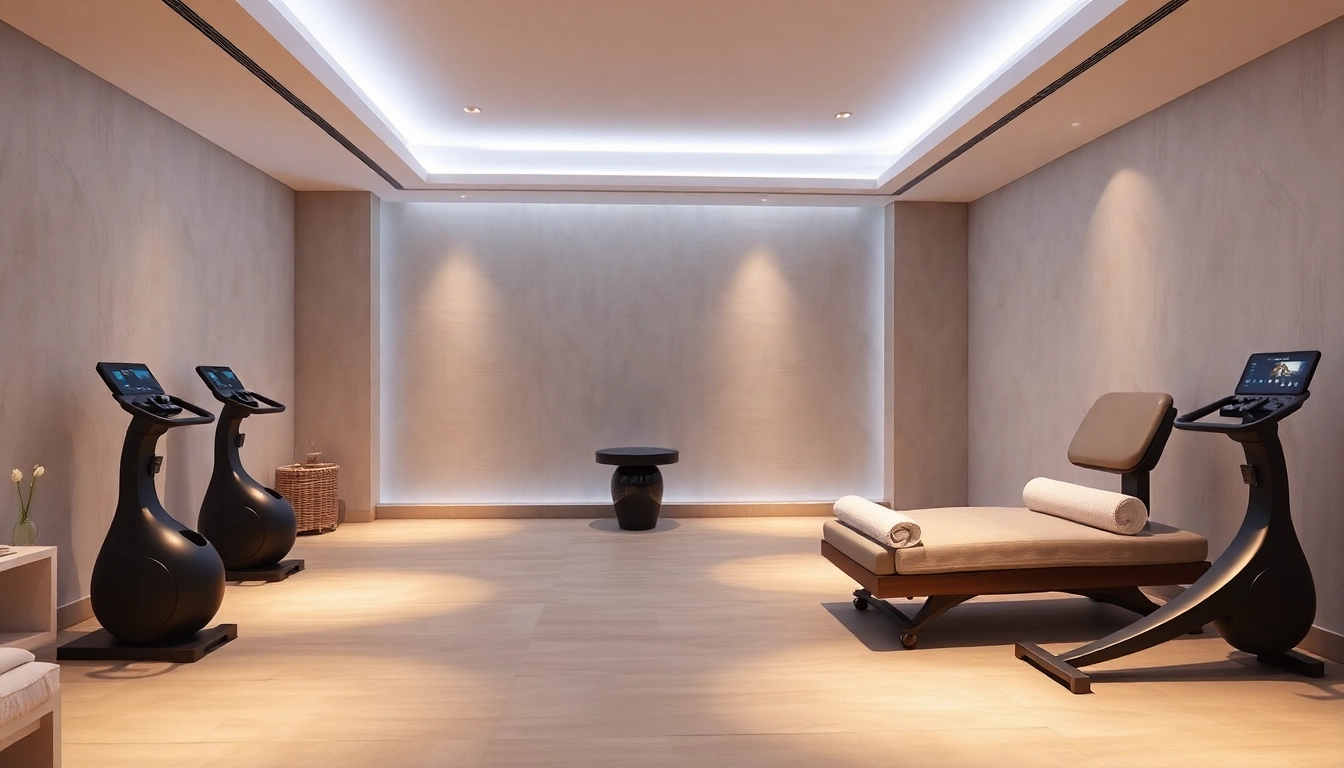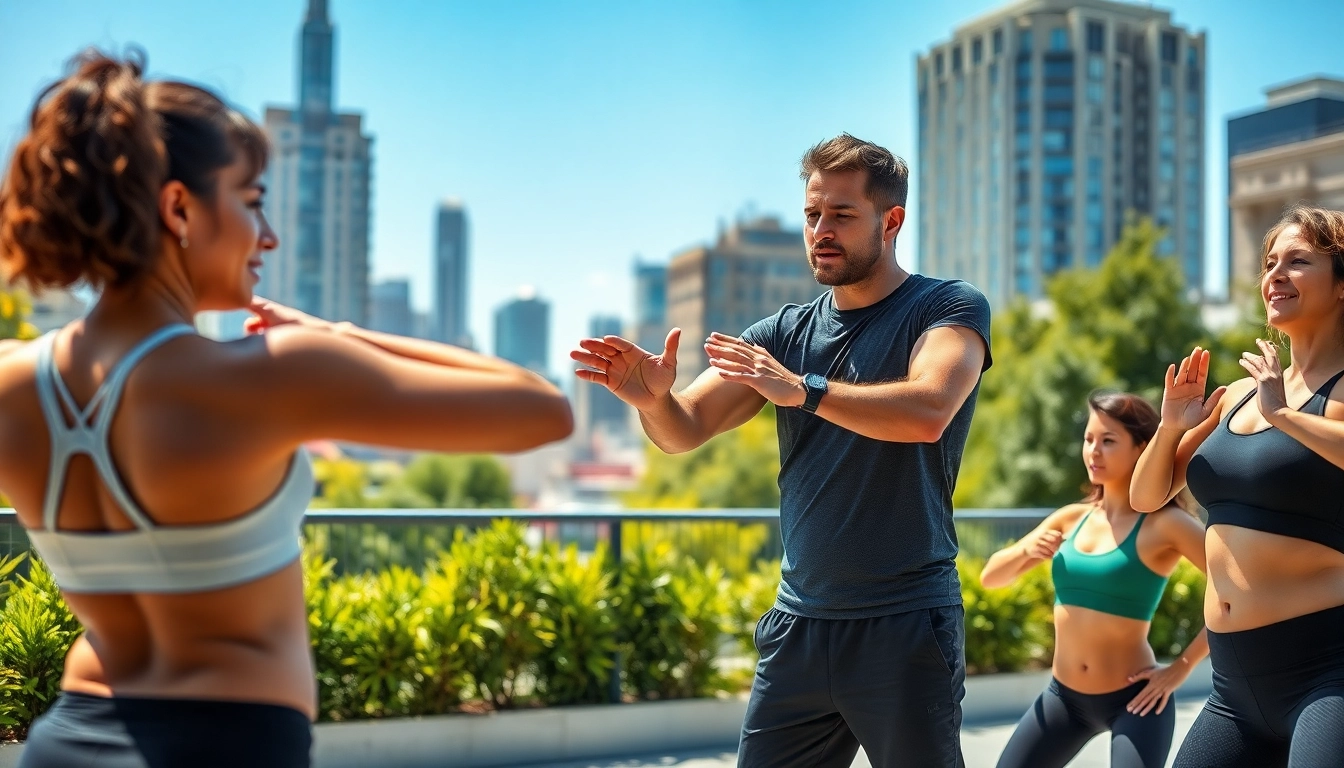Understanding Body Sculpting
What is Body Sculpting?
Body sculpting, often referred to as body contouring, encompasses a range of aesthetic procedures devised to reshape and enhance the overall appearance of one’s body. This includes addressing excess fat, loose skin, and muscle tone. To put it simply, body sculpting refers to various techniques and methods that aim to help individuals achieve their ideal body shape without the need for extreme weight loss or rigorous exercise regimes.
Benefits of Body Sculpting Procedures
Body sculpting procedures offer numerous benefits tailored to individual needs and aesthetic goals. Here are some key advantages:
- Enhanced Confidence: Many clients report a significant increase in self-esteem and confidence following body sculpting treatments.
- Targeted Fat Reduction: Unlike traditional weight loss, body sculpting can target specific areas of fat for a more contoured look.
- Non-Invasive Options: Numerous body sculpting techniques available today minimize the risks associated with surgery, including longer recovery times and complications.
- Improved Muscle Tone: Certain procedures can enhance muscle tone and firmness, contributing to a more youthful appearance.
Common Techniques and Technologies
A myriad of techniques exists within the realm of body sculpting. Some of the most reputable are:
- Cryolipolysis (CoolSculpting): This non-surgical approach uses extreme cold to break down fat cells effectively. It’s renowned for its minimal downtime and subtle, natural-looking results.
- Ultrasound Therapy: This method uses focused ultrasound waves to target and destroy fat cells while tightening the skin—ideal for those looking to rejuvenate sagging skin.
- Laser Lipolysis: This technique employs laser energy to liquefy fat cells prior to removal, allowing for a less invasive procedure that can be performed with local anesthesia.
- Radiofrequency Treatments: Techniques like EMSCULPT utilize radiofrequency to stimulate muscle contractions while also addressing underlying fat, often yielding improvements in muscle tone.
Surgical vs. Non-Surgical Options
Overview of Surgical Body Sculpting
Surgical body sculpting is often sought for individuals with significant weight fluctuations or those who are looking to achieve substantial changes to their body shape. Common surgical procedures include:
- Liposuction: A well-known method for removing excess fat deposits, providing a more contoured shape. Various liposuction techniques cater to different body areas.
- Abdominoplasty (Tummy Tuck): Particularly beneficial for individuals with excess skin and fat in the abdominal area, a tummy tuck removes these elements while tightening abdominal muscles.
- Brachioplasty (Arm Lift): This procedure is designed to eliminate excess skin and fat from the upper arms, often requested post-weight loss.
- Thigh Lift: Ideal for reducing excess skin on the thighs, a thigh lift enhances the appearance of the thighs by addressing sagging and skin laxity.
Popular Non-Surgical Body Sculpting Treatments
For those who prefer less invasive options, several effective non-surgical treatments are gaining popularity:
- CoolSculpting: As mentioned, this method freezes and breaks down fat cells without damaging surrounding tissue.
- EMSculpt NEO: This combination treatment uses radiofrequency technology and high-intensity focused electromagnetic energy to build muscle and reduce fat.
- High-Intensity Focused Ultrasound (HIFU): This non-invasive treatment uses focused ultrasound energy to promote skin tightening while reducing fat.
- SculpSure: A popular laser treatment designed to eliminate stubborn fat around the abdomen and love handles.
Comparing Effectiveness and Outcomes
The choice between surgical and non-surgical body sculpting depends largely on individual goals, body type, and lifestyle. Surgical options often yield more dramatic results, particularly for individuals with significant excess skin or fat. Conversely, non-surgical treatments generally require minimal recovery time and might be less intimidating for first-time patients. However, they might require multiple sessions to achieve desired results.
What to Expect During Your Body Sculpting Journey
Initial Consultation Process
The first step in your body sculpting journey typically involves a comprehensive consultation with a qualified professional. During this consultation, potential treatment options will be evaluated based on your medical history, aesthetic goals, and lifestyle. A skilled practitioner will assess your body and suggest personalized solutions that align with your expectations.
Preparing for Treatment
Preparation for body sculpting can differ depending on the type of treatment. For surgical procedures, patients might be advised to cease certain medications (like blood thinners) and to follow specific dietary guidelines to minimize risks. Non-surgical options may require less extensive preparation but still benefit from healthy habits leading up to treatment, such as hydration and a balanced diet.
Recovery and Aftercare Tips
Recovery times vary tremendously between surgical and non-surgical methods. Surgical procedures typically involve longer recovery periods with required rest and potential restrictions regarding physical activity. Non-surgical techniques, while generally offering immediate return to normal activities, may still involve mild side effects such as swelling or tenderness.
Following aftercare guidelines is crucial for optimal results, whether it’s wearing compression garments, applying prescribed topical treatments, or keeping hydrated. Establishing a post-treatment routine with dietary and exercise recommendations can enhance results.
Cost and Financing for Body Sculpting
Average Costs for Different Treatments
The financial commitment for body sculpting can vary considerably based on the procedure chosen, geographic location, and provider expertise. Here’s a general outline of costs:
- CoolSculpting: Approximately $2,000 – $4,000 for a full treatment regimen.
- EMSculpt: Each session generally costs between $750 to $1,500.
- Liposuction: Surgical liposuction can range from $3,000 to $7,000, depending on the number of areas treated.
- Tummy Tuck: This surgical procedure can average from $6,000 to $15,000.
Insurance Coverage and Payment Plans
Most body sculpting procedures are considered cosmetic and hence are not covered by health insurance. However, many clinics offer financing options that enable patients to pay for treatments over time, reducing the immediate financial burden. When considering treatment, inquire about possible payment plans or services that provide assistance with application processes for medical loans.
Investing in Your Body Sculpting Goals
Investing in body sculpting transcends financial considerations; it embodies a commitment to personal well-being and self-image. Understanding the value of achieving your aesthetic goals contributes significantly to boosting confidence and enhancing overall life quality.
Key Considerations and Risks
Potential Side Effects of Body Sculpting
As with any medical procedure, body sculpting carries certain risks and potential side effects. Following are a few common occurrences:
- Swelling and Bruising: Normal post-treatment reactions that should subside in a few days to weeks.
- Pain or Discomfort: Mild discomfort is common during recovery, manageable with medication.
- Irregularities in Skin Texture: Some patients may experience temporary numbness or firmness in treated areas, which usually resolves over time.
Assessing Your Candidacy for Treatment
Not everyone is a suitable candidate for body sculpting procedures. Ideal candidates often meet specific criteria, such as being at or near their target weight, having realistic expectations, and being in good overall health. A detailed consultation can help determine whether body sculpting aligns with personal goals, skin laxity levels, and pre-existing health conditions.
Long-term Results and Maintenance Strategies
Body sculpting can provide lasting results, yet maintaining those results requires ongoing effort. Individuals are encouraged to adopt healthy lifestyle changes, such as regular workouts and balanced nutrition, to sustain outcomes. Additionally, periodic follow-up treatments may be recommended for keeping results optimal over time.



